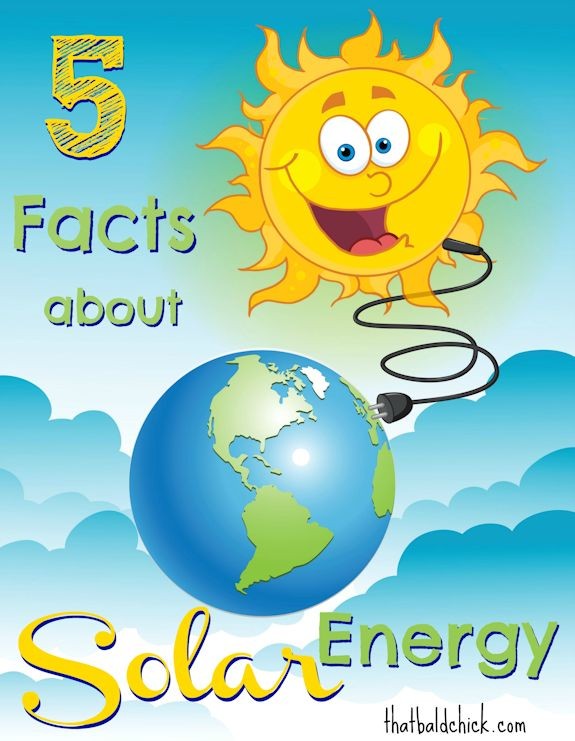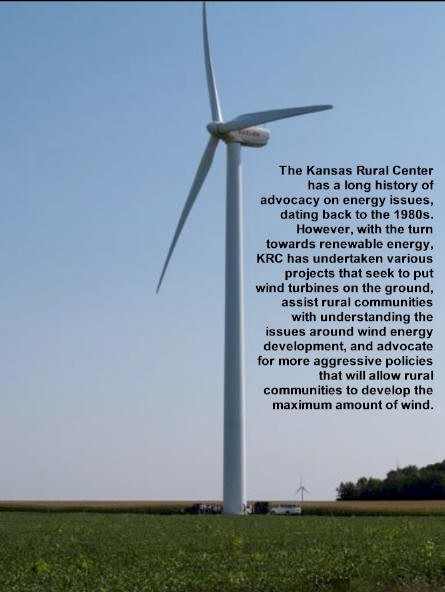Renewable energy facts The truth about green energy options
Post on: 16 Март, 2015 No Comment

Need-to-know information about renewable energy.
Read this guide for essential facts and information about the types renewable energy and your green energy options.
What is green energy or renewable energy?
Green electricity is generated from natural and renewable energy sources that have less of an impact on the environment than fossil fuels. If you’re looking for concreate examples of what is renewable energy, then energy produced using solar energy, wind energy and water power (hydroelectricity) all qualify.
We call these green energy sources types of renewable energy because, unlike fossil fuels, such as coal and oil, green energy sources will not run out.
You can support renewable energy in the UK by signing up to a green energy plan.
The gas we use in our homes is not renewable, since we rely on gas reserves underground. To reduce the environmental impact of the gas you use, you can sign up to a green gas tariff — your gas supplier will offset the gas you use by producing renewable electricity to feed into the National Grid .
Compare your green energy options with uSwitch.
Why should we use renewable energy?
Using renewable energy or green energy enables you to reduce the carbon dioxide that goes into the atmosphere because of the energy you use, which is known as your carbon footprint. This helps to reduce climate change.
By using renewable energy sources like solar energy, we also reduce our dependence on fossil fuel gas and oil reserves. which are becoming more expensive and difficult to find. It also reduces our dependence on imported fossil fuels, improving our energy security.
The government has set a target to produce 15% of the UK’s energy from renewable energy sources by 2020 and cut the country’s carbon emissions by 34% by 2020.
What are green energy plans or tariffs?
A green energy plan is an option offered by an energy provider that lets you support their use of renewable energy, such as solar energy.
Options for green energy tariffs include:
Energy match: your energy supplier matches some or all of the electricity you use by producing renewable energy that they feed into the National Grid.
Green fund. your supplier funds renewable energy or environmental projects on your behalf.
Carbon offset. your supplier offsets the CO2 emissions from the energy you use by planting trees or investing in CO2 reducing projects.
To help you make an informed choice of green energy plan, the Green Energy Certification Scheme (GECS) gives a green energy plan a stamp of approval if it meets certain standards, so you can be confident in your choice of green plan.
See a list of GECS-approved green energy plans.
Do renewable energy plans cost more?
Some green energy plans do cost a little more — the money is used to fund renewable energy production or environmental projects. However, hopefully you should be able to find a number of green energy options that suit your wallet. With uSwitch you can find a green energy plan that offers you the best deal.
After switching to a green energy plan, you can save energy in other ways — for example, by following some simple energy-saving tips.
How can I find a renewable electricity supplier or a green energy tariff?
The major electricity suppliers in the UK provide green tariffs. There are also green electricity suppliers that specialise in green energy production.
uSwitch can help you find a green energy supplier. To locate suppliers in your area, compare gas and electricity prices with uSwitch.
What does microgeneration of renewable energy mean?
Whereas energy companies have schemes to generate renewable energy on a large scale, it’s also possible for you to generate your own renewable energy .
This small-scale production is called microgeneration and refers to systems under 50kW for electricity or 45kW in the case of heat. It typically takes the form of solar energy, wind energy, or biomass.
The government currently offers incentives to individuals who generate their own electricity, with a scheme called Feed-in Tariffs (FiTs), and there are plans to introduce an incentive for renewable heat through the Renewable Heat Incentive (RHI).
Payments under the RHI will focus on ‘off-gas’ locations first, so it’s a good idea to check the latest information about subsidies from the Department of Energy and Climate Change (DECC).
How does solar energy work? Solar energy facts
You can use solar energy to generate electricity or heat water:
Solar electricity uses photovoltaic (PV) cells to convert sunlight into renewable electricity. You can install roof tiles covered in PV cells. They generate solar energy in any weather and are most effective on south-facing roofs. You can use the solar electricity for your lights and household appliances or sell renewable energy back to the National Grid.
Solar water heating uses dark panels on your roof to absorb solar energy as heat. By running tubes of cold water through these panels, you can use solar energy to heat water for your home.

What are the advantages and disadvantages of solar energy?
Solar energy is a clean and renewable energy source, and solar panels produce solar energy for free. However, solar energy panels can be expensive to produce and install, so it might take several years for the savings on your energy bills to match your initial investment.
Because UK sunlight is not very strong, energy companies can’t build solar power plants to produce solar energy on a large scale — but individual homes can generate enough solar energy to make a real difference.
How does wind energy work?
Wind energy uses power from the wind to turn turbines and generate renewable energy.
Energy companies generate renewable energy in wind farms — hillsides covered in giant wind turbines. You can also generate your own renewable energy from the wind by installing a small wind turbine at your house or on your land.
What are the advantages and disadvantages of wind energy?
Like solar energy, wind energy provides clean renewable energy for free — but unlike solar energy, it’s particularly suited to the UK’s windy weather.
Large-scale wind energy farms take up space, and are considered ugly by some people. There have been complaints about noise as well, although these tend to be anecdotal.
Small-scale wind turbines can be expensive to buy and install, but if they are appropriately sited and the household benefits from Feed-in Tariffs, then some of these costs can be offset.
What other renewable energy sources are there?
As well as solar energy and wind energy, there are various other renewable energy sources, including hydro electricity. biomass. geothermal energy and biodiesel.
Nuclear energy is not renewable — it relies on nuclear fuel which must be mined out of the earth, much like coal. Some people consider nuclear energy to be green because it does not produce carbon dioxide. But nuclear energy does produce nuclear waste, which is difficult to dispose of safely.
All these energy sources have advantages and disadvantages — but all renewable energy sources produce far less pollution and are more sustainable than burning coal, oil and gas.
Glossary
Biodiesel is diesel fuel made from natural oils, such as rapeseed oil. It’s usually mixed with normal diesel fuel before being used in cars.
Using biodiesel means we burn less fossil fuels, but growing biodiesel crops takes a lot of land, which arguably could be used for food production, and it increases the pesticides and fertilisers we use.
Biomass is organic matter like crops and manure, which can be burned to create renewable energy. Wood is a form of biomass fuel.














